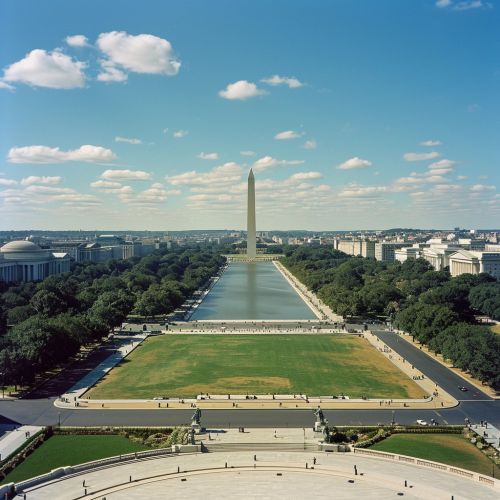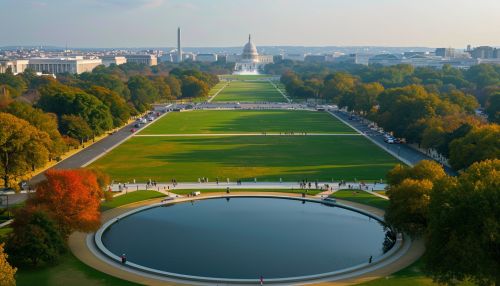District of Columbia
History
The District of Columbia (D.C.) is a federal district in the United States, and it is unique in the American governmental structure. The history of D.C. is rich and complex, with its establishment dating back to the late 18th century.
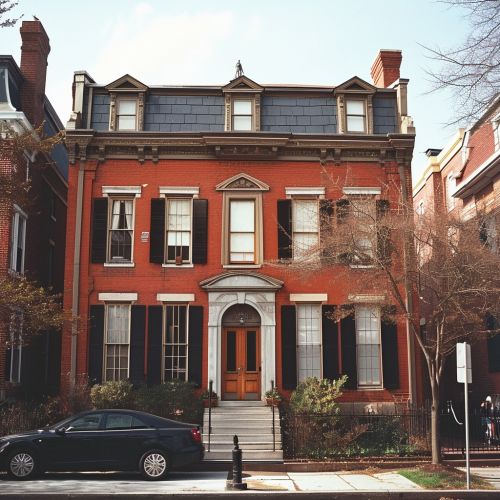
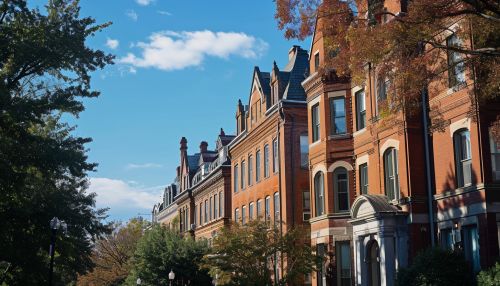
In 1790, the Residence Act was passed by Congress, which approved the creation of a national capital on the Potomac River. The land for the new federal district was donated by the states of Maryland and Virginia. However, in 1846, the area of the District south of the Potomac, a 31-square-mile area which was originally part of D.C., was returned to Virginia through a process known as retrocession.
Governance
The District of Columbia is not a state, and therefore does not have representation in Congress like the 50 states do. However, it does have a non-voting delegate in the House of Representatives. The District also has a mayor and a city council, which handle local governance.
The Home Rule Act of 1973 granted the District the ability to elect a mayor and city council, providing it with more self-governance capabilities. However, Congress still has the ultimate authority over the District and can overturn local laws.
Geography
The District of Columbia is located on the east coast of the United States, bordered by Maryland to the north, east, and west, and by Virginia to the south. The District has a total area of 68.34 square miles, of which 61.05 square miles is land and 7.29 square miles is water.
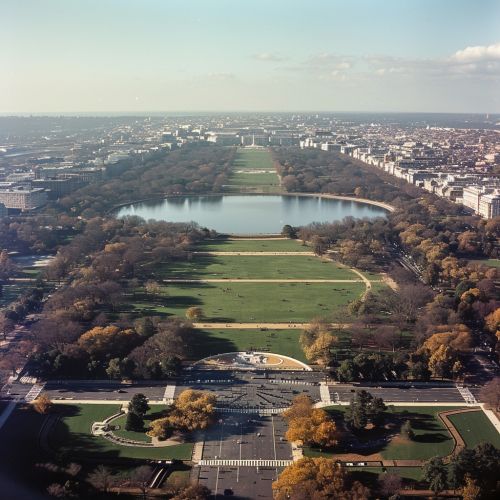
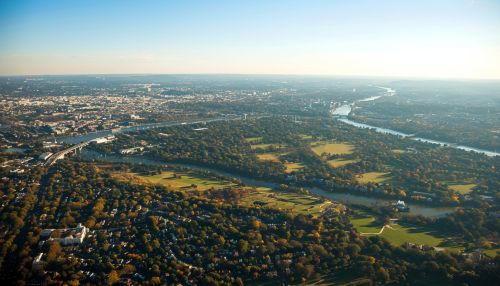
The District's geography is characterized by flat plains and low hills. The highest natural point in the District is Fort Reno Park, which is 409 feet above sea level.
Demographics
As of 2020, the District of Columbia had a population of over 700,000 residents. The District is diverse, with a large African American population, as well as significant White, Hispanic, and Asian communities.
Economy
The economy of the District of Columbia is diverse, with an increasing number of jobs in professional and business service sectors. The federal government, however, remains the largest employer. Other significant sectors include education, health, and tourism.
Education
The District of Columbia is home to many universities and colleges, including George Washington University, Georgetown University, and Howard University. The District also has a public school system, which includes traditional public schools, public charter schools, and private schools.
Culture
The District of Columbia is a cultural hub, with a variety of museums, theaters, and art galleries. The city is also known for its historic landmarks and monuments, many of which are located on the National Mall.
